Dwell Swell
Using an architect — no matter your budget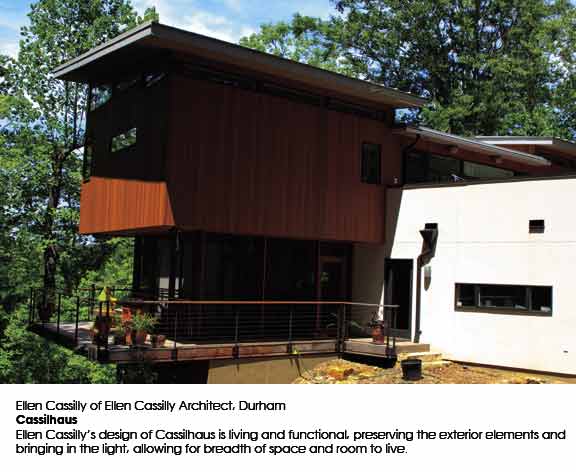
This month sees a new entry in the traditional lineup of fall home events: The AIA (American Institute of Architects) Triangle Homes Tour.
Most home tours are a showcase of available digs. This one is a review of architects’ work with a mission of educating the public about the value of the profession. Ten artful dwellings designed by nine area architects are featured on the Oct. 2 self-guided circuit in Raleigh, Durham and Chapel Hill.
In a field that falls into a predominately male stereotype, it’s refreshing to see women make the final cut. Of the nine architects selected by a visiting jury from Austin, four are women: Georgia Bizios, Ellen Cassilly, Tina Govan and Rhonda Angerio.
An architect can add a porch, improve the energy efficiency of a space or design a complete abode, keeping within the character of the residence, neighborhood and landscape.

Trained to offer creative insight, provide direction on the positive use of materials and assist in the formation of a sustainable and comfortable living environment, architects can create meaningful spaces that engage the senses and which are a reflection of our lives, families and communities.
Hiring an architect for a residence isn’t an elitist choice reserved for those with large bank accounts and grandiose visions; it’s a practical, affordable and positive option. Architects work with all budgets and project scopes. They can help you reconcile your budget with your wish list, identifying solutions to maximize your construction dollars.
Architects play an integral role in new home construction, renovations and extensions across styles and neighborhood types. They can see the bigger picture and work with the client to design a space that reflects personalities and needs.
“The process begins and ends with discovery; we have no preconceived notions at the start,” says Rhonda Angerio of Angerio Design, based in Raleigh.
“The most critical aspect to us is getting to know a client well. Good home design has to get personal. This process connects design with life, form with function; essential associations born from working together.”
The initial process doesn’t stop with the client or the physical structure. The site itself must be considered.
“Listening to the site is equally important: views, vegetation, land contours, streetscape, water flow, solar access, wind direction, distinctive characteristics of the land, and how the home can gather those essential properties of the site and bring them close,” says Tina Govan of Tina Govan Architect, based in Raleigh.
“Understanding the history of a place, what used to be there, what kinds of existing patterns are there, both built and natural, also informs a good house design. The house connects the homeowner 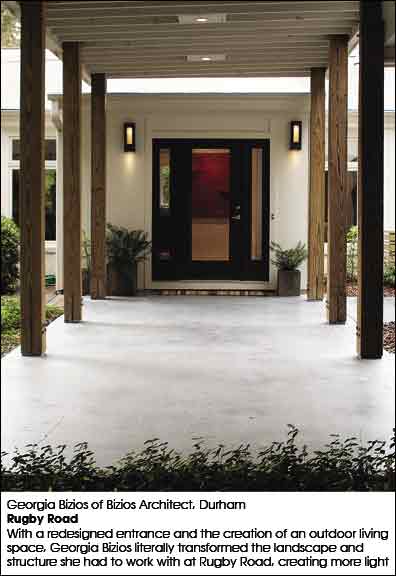 with the larger environment, and so a home design evolves from both directions, from the inside out and from the outside in, from the homeowner, and the habits that are particular to them, out to the community and larger context.”
with the larger environment, and so a home design evolves from both directions, from the inside out and from the outside in, from the homeowner, and the habits that are particular to them, out to the community and larger context.”
Architects are trained to find creative solutions to both design and financial constraints. They can put together components to make spaces comfortable, functional and adequate for the future needs of an individual or family.
“My office colleagues and I visit each site and work with the owners to carefully place a new house or addition to optimize solar orientation, provide the best views, minimize environmental impact and enhance the experience of place. We are committed to an ecological design approach using our expertise in sustainable strategies.” says Georgia Bizios of Bizios Architect, based in Durham.
“The Rugby Road house (on the tour) is a good example of a renovation that couldn’t succeed without the skillful design and technical expertise of architects. How do you renovate a house that is 22.5 feet wide and 118 feet long, with the main entrance on one end? With a few strategic moves we created a totally new organization and feel in this house.”
It’s natural to take the steps necessary to create a space that’ll grow as our lives do.
“I'm really concerned with how people live as well as how they see themselves living. We ask a lot of questions, listen and observe,” says Ellen Cassilly of Ellen Cassilly Architect, based in Durham.
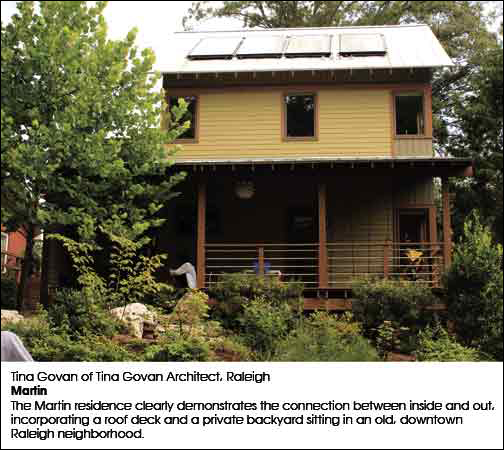
“I talk to them about how they live with their 2-year-old and try to imagine life with a 10- or 17-year-old. We talk about how they entertain, cook and dine. What types of exterior spaces do they like — up high like a tree house or down on the ground touching the earth?”
Using these observations, an architect is able to create her client’s concept of living now and in the future.
For more information, visit www.aiatriangle.org and www.trianglehomestour.com.
Building Dreams
Inspiration for Triangle women interested in pursuing architecture as a career
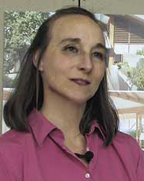
“For a woman considering architecture, I would say travel, observe and sketch as much as possible.”
— Ellen Cassilly
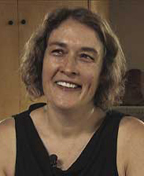
“I would encourage women to join the profession, not to accept the status quo and to carve out away of practicing that suits them and their priorities. They need not choose between pursuing the profession with passion and raising a family with equal passion. Women can fashion a new way of working together that allows for flexibility, family, creativity, productivity, hard work and play. I think a new model of working and being productive will be born out of more women becoming architects.”
— Tina Govan
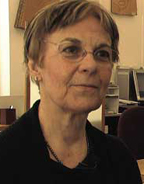 “The process of architectural education, licensure and practice is a demanding and challenging one, but also a rewarding one. It enriches your life and how you view the world. You work with people solving problems and creating physical places that accommodate needs but also lift the spirit, places that sustain life and well-being by being beautiful, special and distinctive. Seek mentors and go for it.”
“The process of architectural education, licensure and practice is a demanding and challenging one, but also a rewarding one. It enriches your life and how you view the world. You work with people solving problems and creating physical places that accommodate needs but also lift the spirit, places that sustain life and well-being by being beautiful, special and distinctive. Seek mentors and go for it.”
— Georgia Bizios
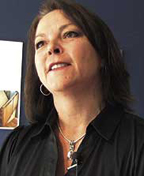
— Rhonda Angerio